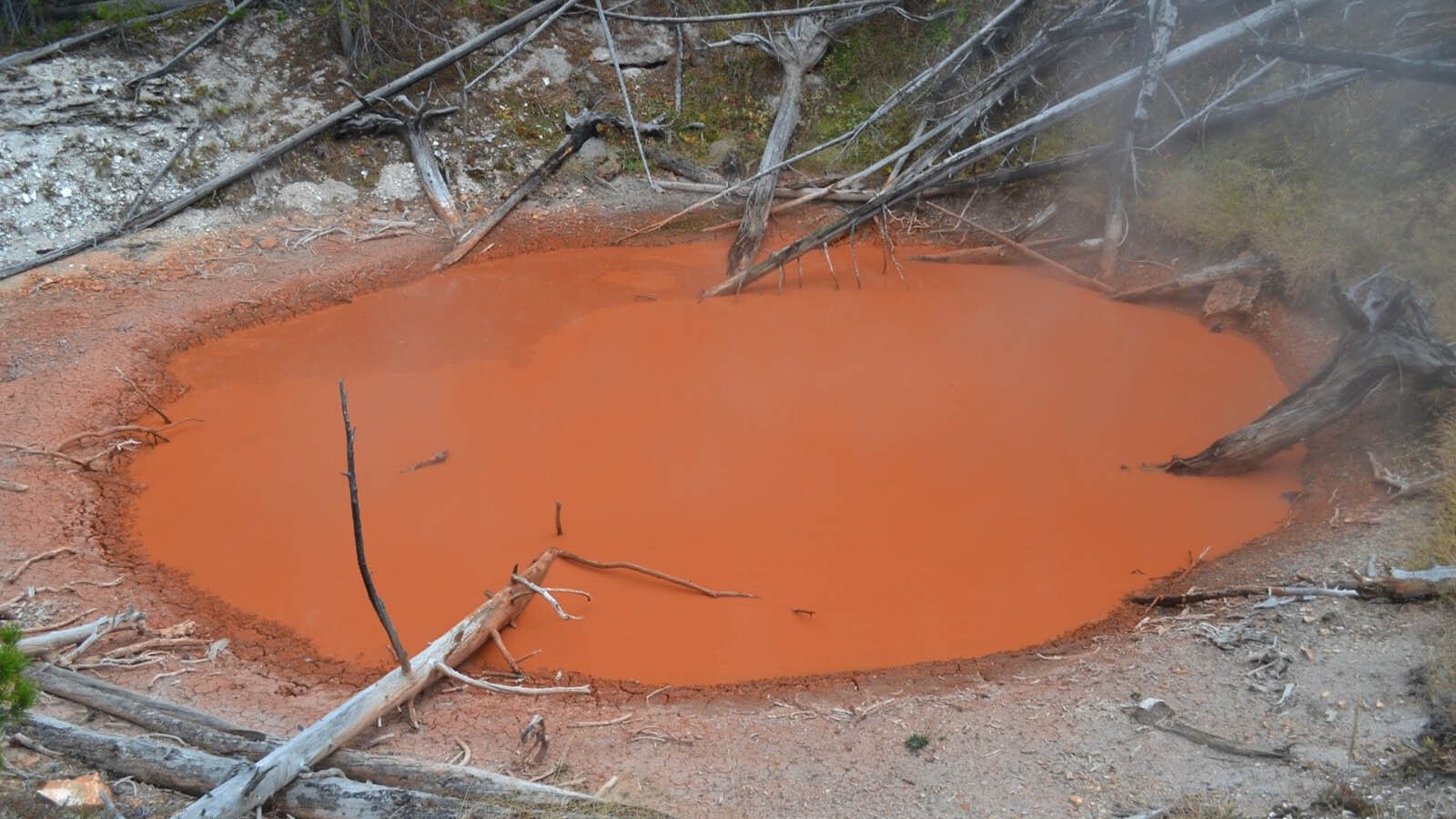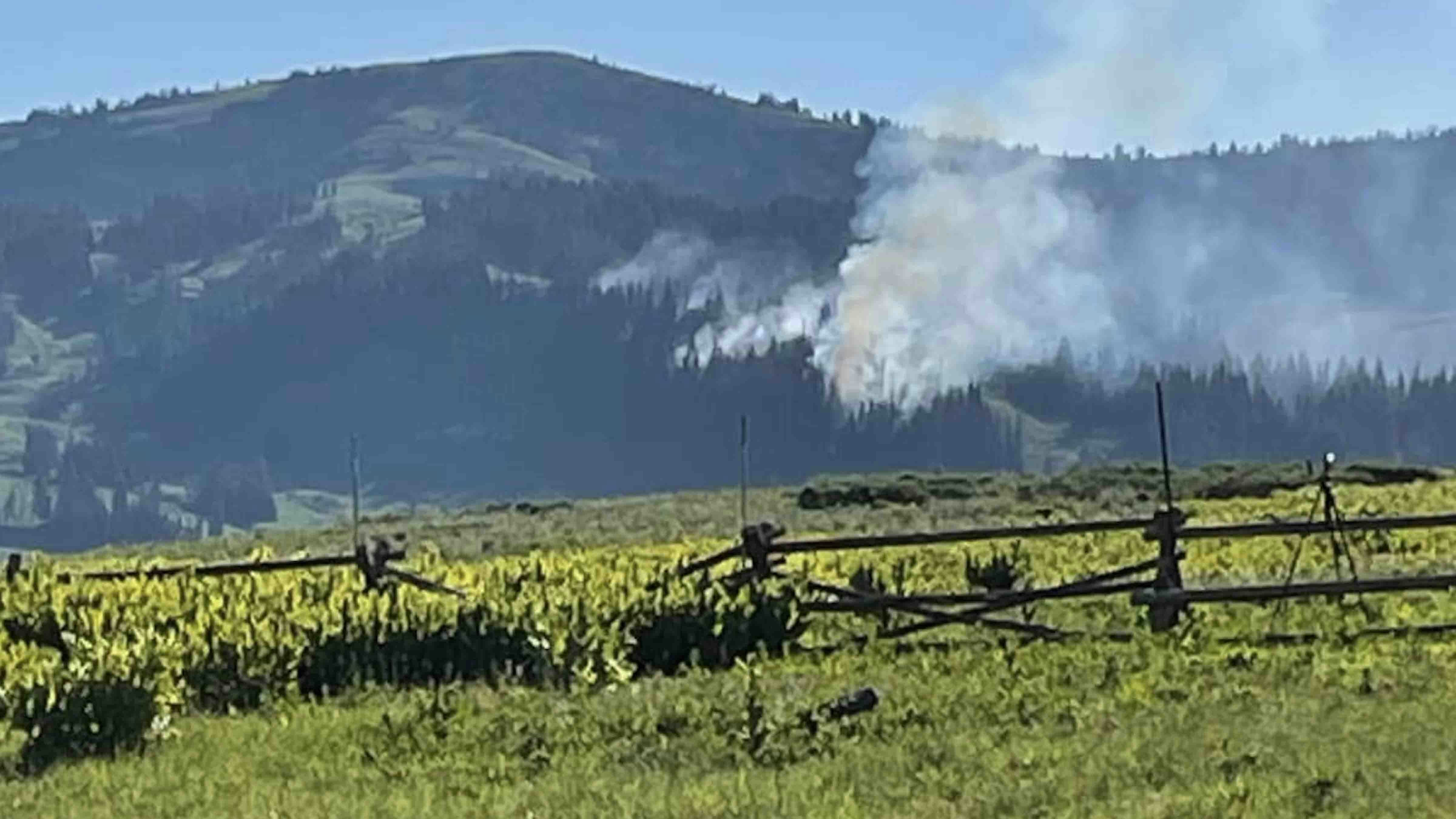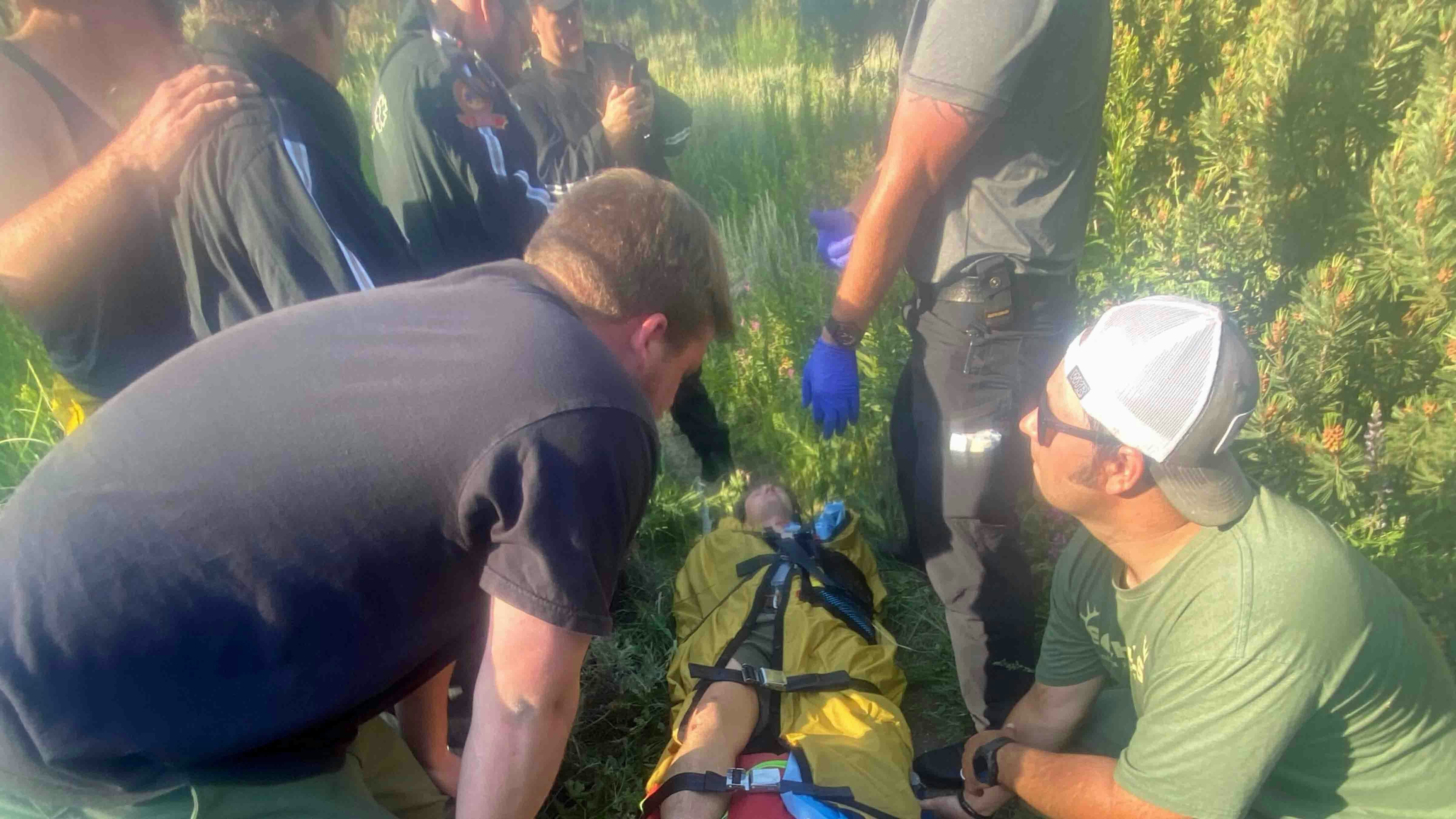Where's the best lunch spot in Yellowstone National Park?
It’s probably any boardwalk that leads to one of the park’s many concessionaires or a spot with a scenic view for anyone with the foresight to pack a sandwich.
Those hoping to grab a bite at Tomato Soup Pool will be disappointed — and hungry. Nobody’s been having lunch or any meals here since 2016.
Tomato Soup Spring feeds the pool of the same name, and looks like a pond full of the classic soup that hits the spot with a grilled cheese, but it’s in a bad neighborhood and too dangerous for any lunch-hour stopovers.
Forget about eating this primordial soup, because just getting too near it is too dangerous for comfort.
The Primordial Soup
The Tomato Soup Pool is among many thermal features in the Rabbit Creek Group near the Midway Geyser Basin. But unlike the meticulously cultivated boardwalks of the nearby Grand Prismatic Spring, the Rabbit Creek Group has remained “the primordial soup” of Yellowstone.
It’s been closed to visitors for going on eight years.
“It's a dangerous place, as all thermal areas are,” said Mike Poland, scientist in charge of the Yellowstone Volcano Observatory. “There are no trails, and there are hot springs all over the place. A casual tourist could very easily be injured walking around back there.”
Not even Yellowstone’s early explorers seemed to spend much time in the area. Most of the thermal features in the Rabbit Creek Group are unnamed and untamed.
Photos taken by visitors when the area was accessible show thin crusts of earth overhanging deep pools of thermal water, without a boardwalk or railing in sight. Judging by the standards of the typical Yellowstone tourist, an innocent “Laverne and Shirley” out-of-state visitor would quickly become fodder for a crossover with “Trauma Center.”
And that would be all before breakfast. Lunch at Tomato Soup Pool would be out of the question.
Soupy Springs
Even with a cornucopia of names, the Tomato Soup Pool would stand out. At least four thermal pools in the Rabbit Creek Group are filled with vibrant red water.
Technically, there is only one Tomato Soup Pool recognized in the Yellowstone National Park Research Coordination Network. The RCN is a collaborative database of the park’s geothermal features created by Yellowstone scientists and includes entries for nearly every feature observed in the park.
According to the RCN, the unofficially named Tomato Soup Pool has an average temperature of 170 degrees and an acidity of pH 4.5. That makes the name aptly fitting, given the average acidity of canned tomato soup is pH 4.62.
Similar thermal pools in the same vicinity have been informally named Brick Pool and Cream of Tomato Soup Pool. There’s even a Cream of Broccoli Soup Pool nearby that’s filled with cloudy water tinted pale green.
Poland said the color of the Tomato Soup Pools could come from any number of factors. However, none make them any more edible.
“You can get some good colors in some of these systems, and there can be lots of reasons,” he said. “The host rock, when it breaks down, can lend color. However, different colors can indicate different temperatures and types of bacteria. So, it's a combination of microorganisms and the style of the spring along with the host rock.”
There is no definitive answer for the tomato soup qualities of the Tomato Soup Pool since a thorough research study has never been undertaken. The NASA Astrobiology Institute says the pools get their unique red color from “iron supported microbial communities” that make their home in them.
No Soup For You!
There’s no such thing as a free lunch, and Tomato Soup Pool is definitely not on the menu.
Anyone who fancies taking in the Tomato Soup Pool (with their eyes) and the other thermal features in the Rabbit Creek Group will be disappointed. The area has been closed to visitors since 2016.
Poland doesn’t know exactly when or why the area was closed, but he isn’t surprised. Even in areas with established trails and boardwalks, visiting any thermal area in Yellowstone is treacherous.
“All thermal areas are unstable, and you wouldn't want people just traipsing around out there without knowing the hazards,” he said. “In many places, there are thin crusts that you can break through and quickly find yourself in scalding water or steam.”
There was never an established trailhead for the Rabbit Creek Group, which would make this secretive area nearly impossible to find now. Poland and many others say it should stay that way.
“I'd say most Yellowstone geyser basins are like that,” he said. “If there aren't established trails, you should not be venturing into the areas.”
Besides, what’s tomato soup without grilled cheese? And while Tomato Soup Pool will continue to peak people’s interest and imagination, it’s unlikely any Grilled Cheese Terraces will be discovered nearby.
The chili served at Mammoth Hot Springs concession stand is pretty good. And since it’s safe to eat, make do with that.

Andrew Rossi can be reached at arossi@cowboystatedaily.com.





